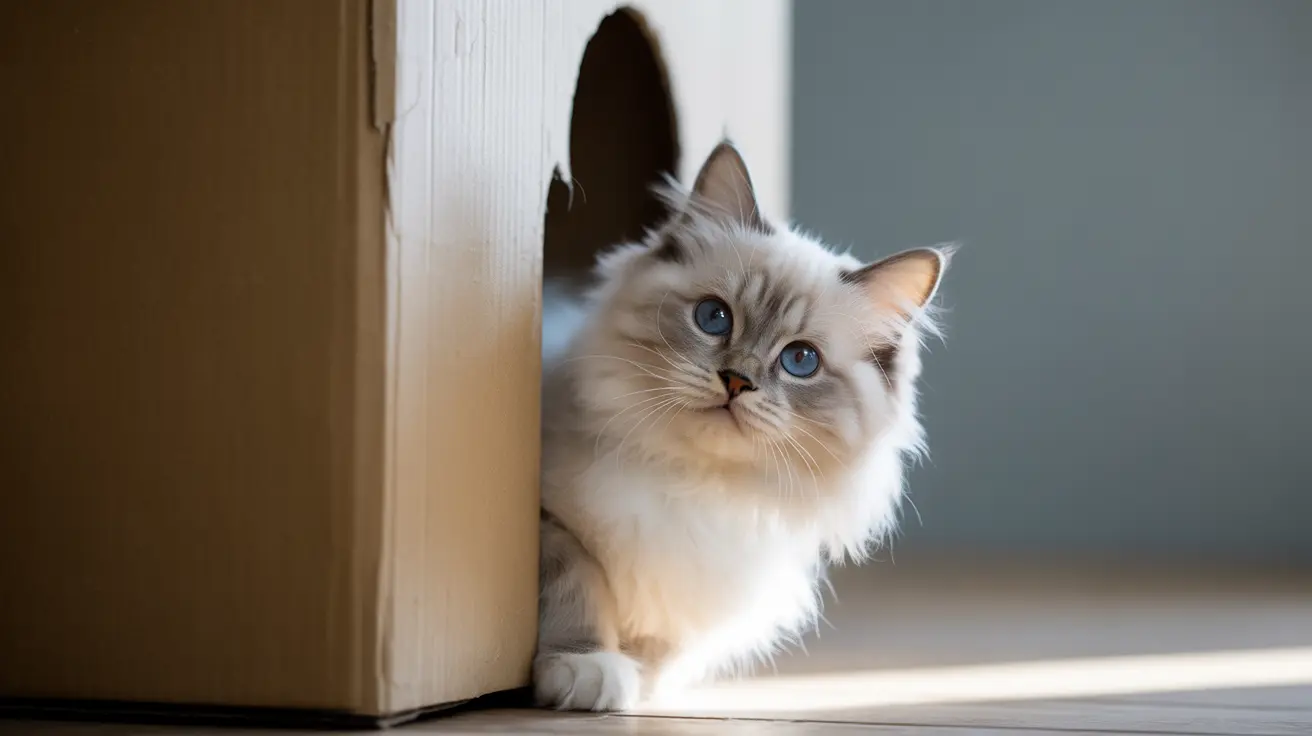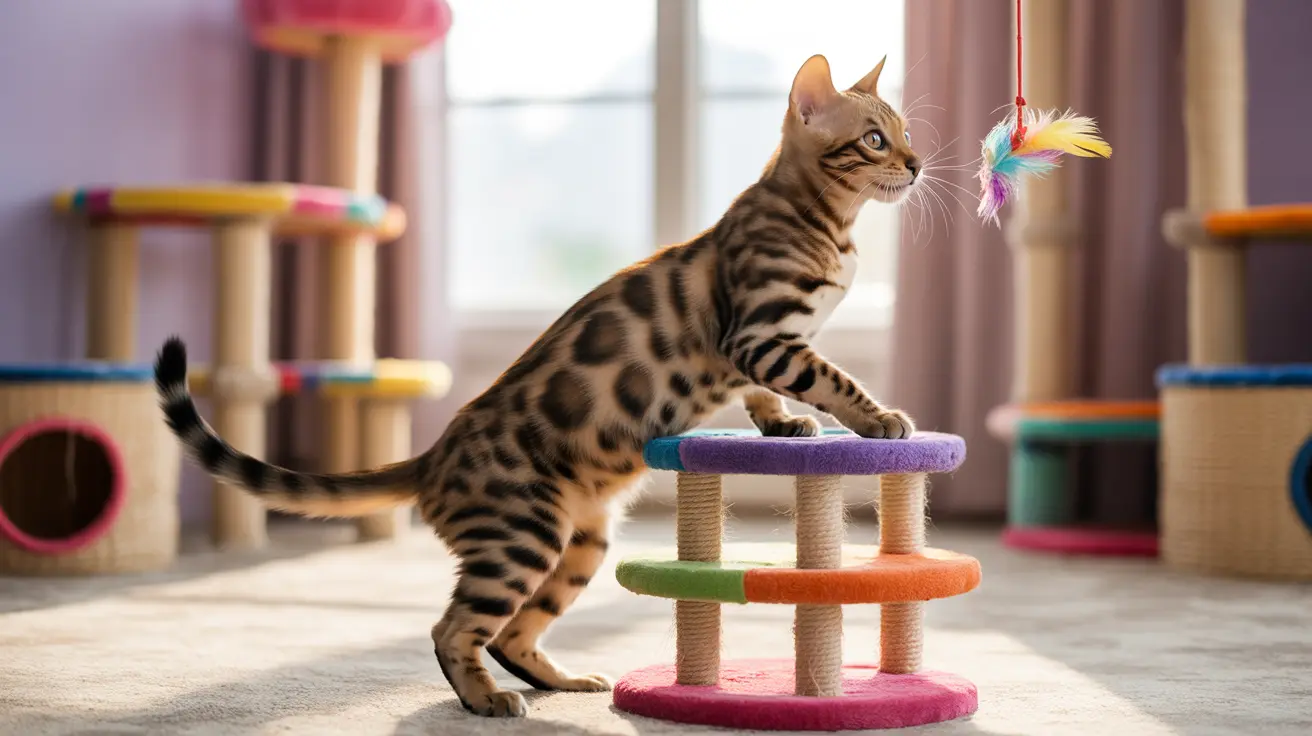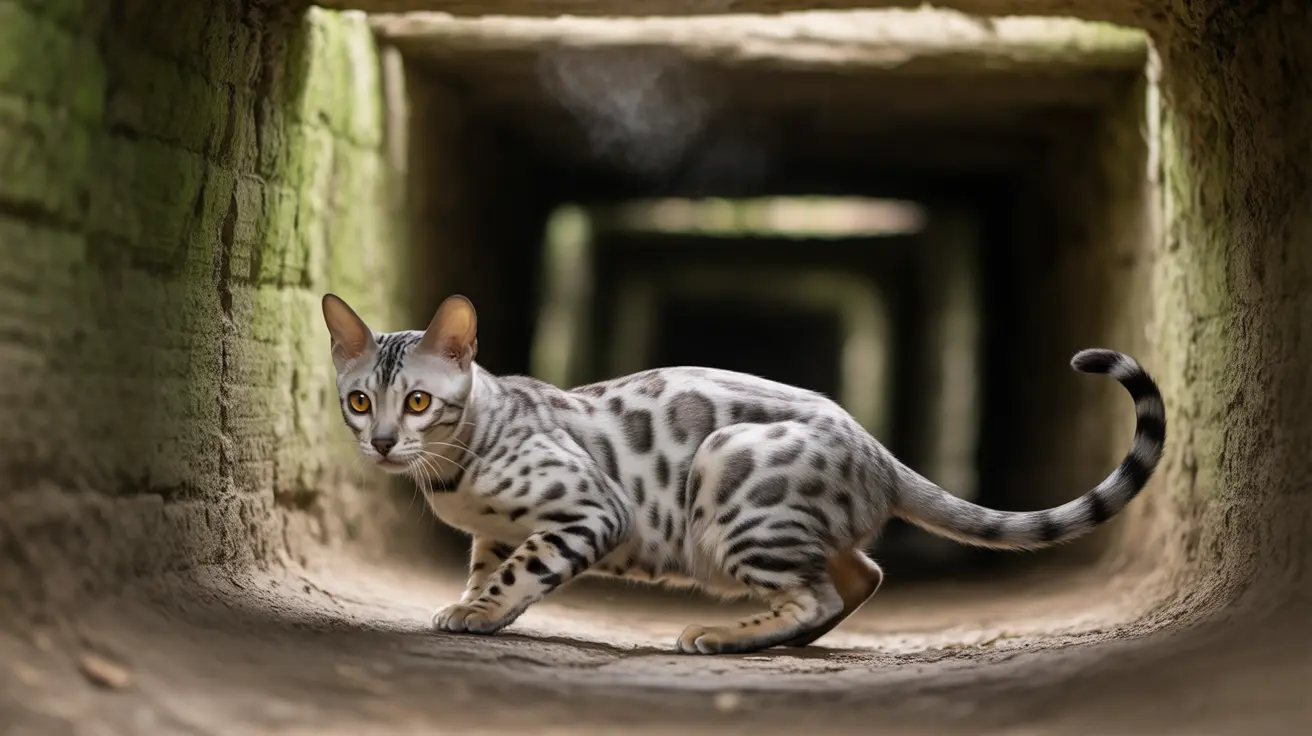Understanding the Disadvantages of Chicken Hearts in Pet Diets
Chicken hearts are often praised for their high nutritional value and are widely used as treats or meal toppers for dogs and cats. Rich in protein, taurine, iron, and omega fatty acids, they offer numerous health benefits. However, despite these positives, there are some potential disadvantages that pet owners should be aware of.
1. Risk of Nutritional Imbalances
One of the most significant drawbacks of feeding chicken hearts lies in the potential for nutrient imbalance. While they are an excellent source of certain nutrients, relying too heavily on them can cause an overconsumption of specific vitamins and minerals, particularly:
- Vitamin A, which is more prevalent in liver but still present in hearts
- Iron, in excessive amounts can be harmful
- Phosphorus, which may outbalance calcium if not managed
This imbalance can be especially problematic if chicken hearts are fed as a primary food source without considering the full dietary needs of the pet.
2. Not a Complete Food Source
Chicken hearts, while nutritious, lack certain essential nutrients needed for complete pet nutrition. They should never replace a well-balanced commercial or vet-approved homemade diet. Instead, they are best used in moderation to complement an existing diet.
3. Digestive Upset with Overfeeding
Like many rich organ meats, introducing chicken hearts too quickly or feeding large quantities can result in digestive problems, such as:
- Gas
- Loose stools
- Vomiting
To avoid this, it's recommended to start with small amounts and monitor the pet's reaction.
4. Possible Allergic Reactions
Though rare, some pets may exhibit food sensitivities or allergies to chicken. Signs of allergy include itching, ear infections, and gastrointestinal distress. Switching to a novel protein source may be required in such cases.
5. Quality and Sourcing Concerns
Chicken hearts sourced from factory farms may contain residues of antibiotics or contaminants. To mitigate this, look for products from antibiotic-free, responsibly raised poultry sources that are labeled as free from preservatives and by-products.
6. Loss of Nutritional Value Due to Processing
Cooking or over-processing can degrade sensitive nutrients like taurine. Since taurine is crucial for heart and muscle health in cats and dogs, it's often preferable to serve chicken hearts raw or freeze-dried, which preserves over 90% of their nutrient content.
7. Limitations in Use
- Should comprise only up to 10% of a pet’s total caloric intake
- Best used as a treat, topper, or meal mixer
- Not suitable as the pet’s sole food source
Best Practices for Feeding Chicken Hearts
To reap the benefits of chicken hearts while minimizing the risks:
- Feed in moderation—no more than 10% of the total diet
- Introduce gradually to watch for allergic or digestive reactions
- Consult a veterinarian for dietary advice tailored to your pet’s age, size, activity level, and health status
- Opt for single-ingredient, additive-free treats
- Ensure fresh water is always available
Summary
Chicken hearts can be a beneficial addition to a pet’s diet when used appropriately. Their rich nutrient profile supports energy, immunity, and cardiovascular health. However, overfeeding and poor sourcing can lead to nutritional issues or contamination risks. By introducing them carefully and maintaining a varied, balanced diet, pet owners can help their animals enjoy the advantages of this organ meat without the drawbacks.





